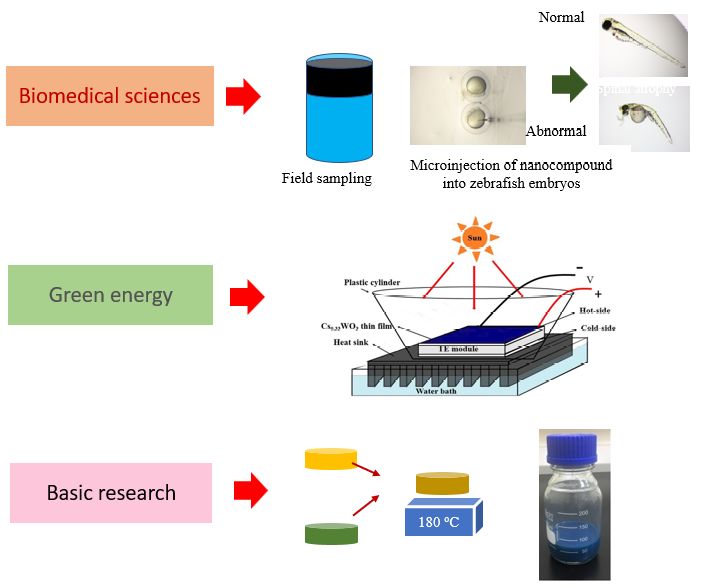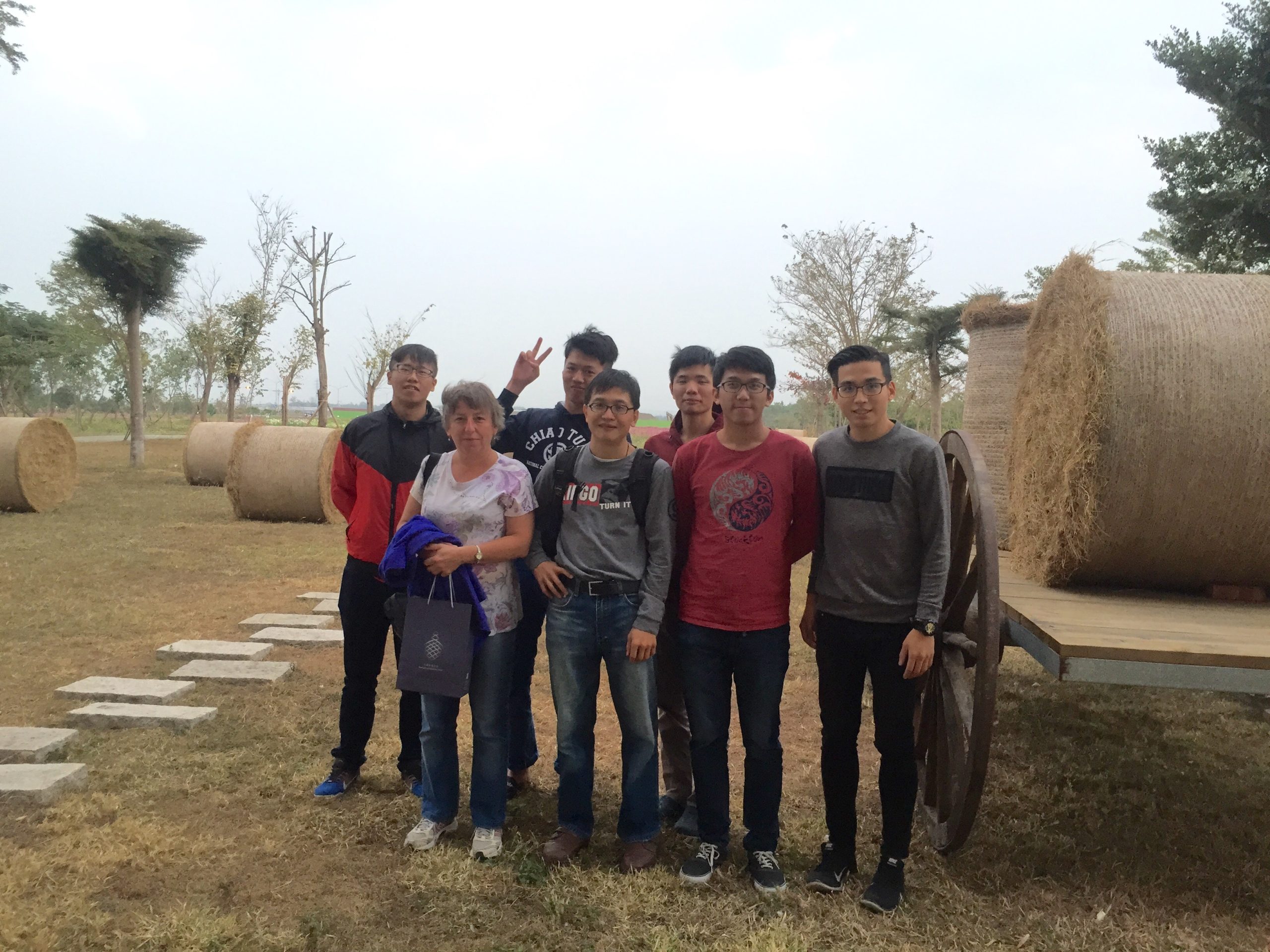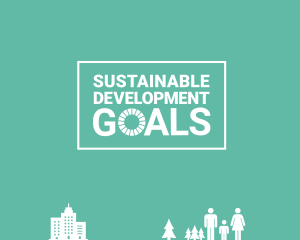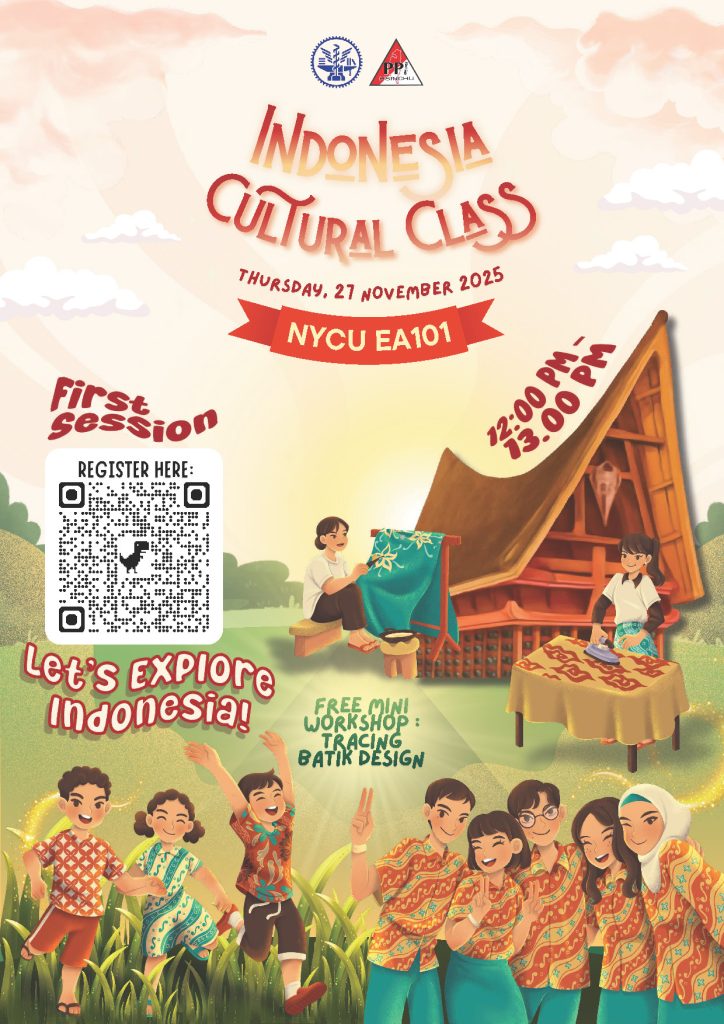Reducing the feature size of bulk materials down to the nanoscale from 100 nm to 1 nm results in the enhancement of many unique chemical, physical, and bio-physiochemical functions. In recent years, the Nanocomposite Material Research Center has been dedicated to the synthesis of novel nanocomposite materials such as iron oxide (Fe3O4), silica (SiO2), cesium tungsten oxide (CsWO3), characterization of their physiochemical properties, like feature size, surface chemistry, magneto, photo-thermal properties, by novel methods and their applications in the fields of biomedical sciences and renewable energy.

Over the past year, the research center has accomplished several important achievements. Principally, the development of nanomaterial-based therapeutic agents for cardiac regeneration is still ongoing. In collaboration with Prof. C.L. Ellen Lien’s laboratory at USC, we applied optical tools to measure the cardiac functions of a larval zebrafish model with an induced cardiac disorder after the treatment of nano-therapeutic compound, assessing its therapeutic effects and overall efficacy. Secondly, with an international partner from the Slovak Academy of Sciences, we co-develop novel methods for disintegrating neurologically toxic amyloid fibrils via photothermal effects of cesium tungsten oxide (CsWO3) nanoparticles (NPs) and size-dependent iron oxide (Fe3O4) NPs, potentially applicable to curing neurological disorders. Lastly, we successfully enhance the output of thermoelectric devices in an ambient environment by the rise of 13.1% in the maximal attainable temperature and 291% in maximal output voltage using a simple film of CsWO3 nano compounds.
The nanocomposite material research center not only promotes the development of novel nanomaterials but also incorporates domestic and international scholars from the U.S.A., Slovakia, Germany, and Russia. The added value of the bilateral cooperation allows the obtaining of more detailed data attributed to complementary approaches to the current research, enables mutual utilization of equipment provided by both institutions, and provides young members of the teams to have the opportunity to learn new techniques in well-equipped laboratories.





